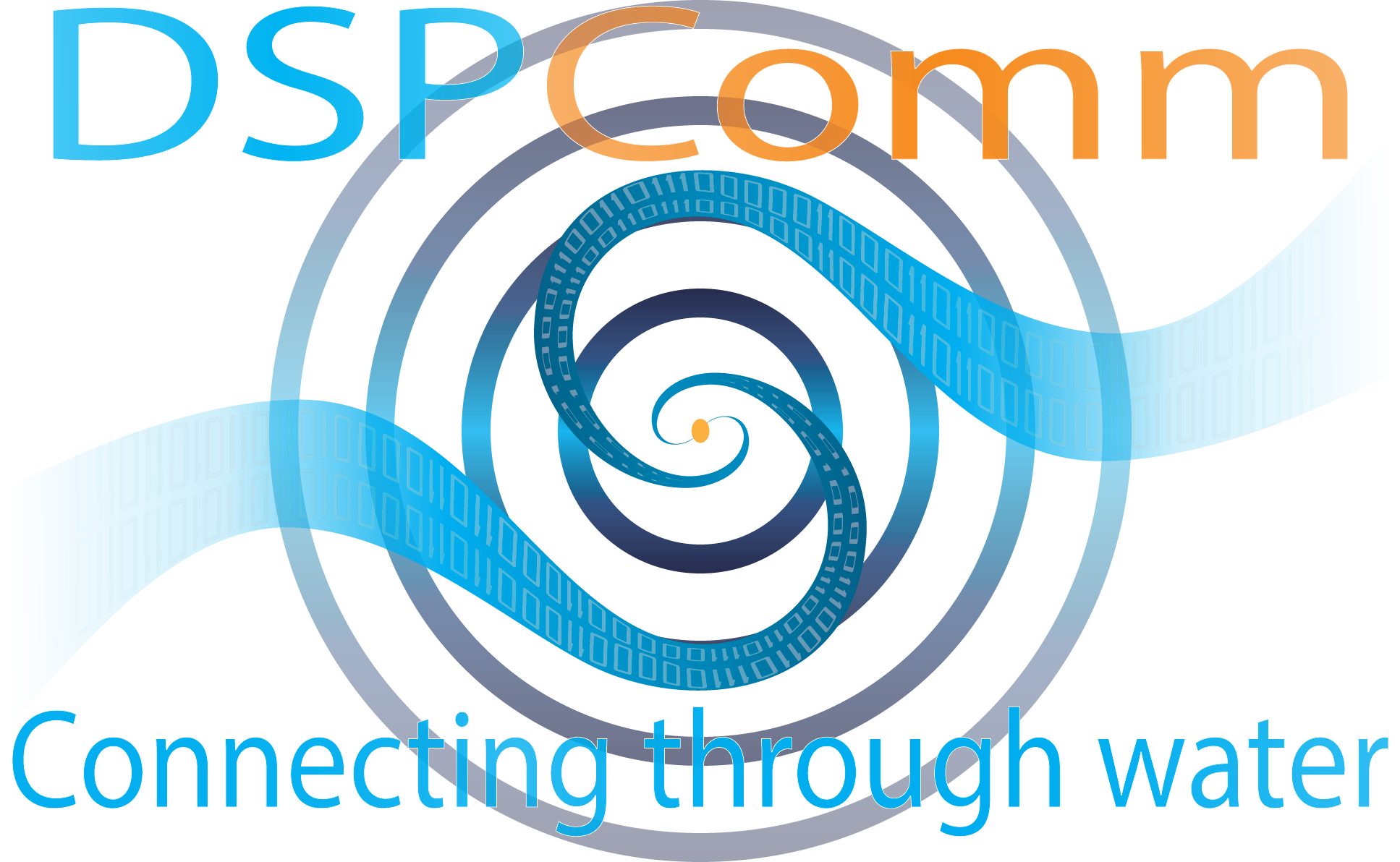
Challenges Of Underwater Wireless Communications Networks
Underwater wireless communications have assumed a very vital role in marine activities for military and commercial purposes. Some of these areas are environmental monitoring, underwater exploration, sub-sea oil and gas, as well as scientific and oceanographic data collection. Underwater wireless communication networks (UWCNs) involves the interaction, coordination and information reticulation between nodes in order to carry out sensing and monitoring functions.
Oceans cover 71% of the earth’s surface therefore there are vast range of applications that find relevance to underwater communication network (UWCN). Some of these applications are coastal surveillance systems, autonomous underwater vehicle (AUV) operation, environmental research, linking submarines to land, collection of data for water monitoring autonomous oil-rig maintenance, among many others. Similar to the terrestrial internet one could foresee the importance of UWCN in the future as we explore the oceans.
CHALLENGES
Power source: Self contained underwater wireless communication nodes are more or less exclusively powered by batteries.Therefore t is important that the energy is conserved as much as possible by utilizing energy efficient underwater acoustic modem technology. Due to these key challenge DSPComm underwater wireless modems are engineered to be highly energy efficient modem and at the same time providing a highly robust underwater wireless link. Several low power states are provided such as low-power receive state where the modems will sleep that majority of the time and wake up occasionally to check for valid signal. Deep sleep where the current consumption falls into the micro-ampere range and the battery can last for several years. In this mode a real time clock is used to wake up the modem, transmit data and then go back to deep sleep. Another option for extending the deployed time is to use charging technology such as sub-sea turbines (see www.seaformatics.com)
Modulation (signalling) methods: Choosing the correct modulation for underwater communication is key for success. Direct sequence spread spectrum (DSSS) is the most proven method of modulation for underwater wireless communication that can provide a robust link even in very challenging conditions. Unlike terrestrial wireless communications, the underwater environment can change very quickly due to environmental factors such as wind, temperature, undersea currents, noise etc. Therefore a robust communication link is a key consideration that has to be taken into account. DSSS signalling is ideally suited as this method of modulation is resilient to high levels of reflections and noise. Recently OFDM modulation methods as well as swept frequency (Chirp) modulation methods are being tried with some success. These latter modulation methods however result in highly complex receiver algorithms that impacts on the battery life. These methods sound attractive due to the promise of higher data rates but in practice due to he highly variable nature of the underwater environments, the achievable data through put rates tend to be lower than the DSSS modems.
Message transit times: Due to the speed of sound being lower than the speed of light by several orders of magnitude, the transit time of packets between underwater wireless communication nodes are another key challenge. This can lead to packet collisions and thereby lowering the through put rates of the network.
Routing Protocols: With underwater Wireless Communication network protocol designs, saving energy is a major concern, especially for long-term aquatic monitoring and sensing applications and due to its node mobility, most of the energy-efficient protocols designed for terrestrial wireless networking are not feasible. Hence, more concern should be given to the architecture of underwater wireless networks.
CONCLUSION
Today, Underwater Wireless Sensor Networks (UWSN) has garnered a staggering amount of attention from researchers, scientists and even private businesses. However, when compared to Terrestrial Wireless Sensor Networks (WSN), Underwater Sensor Networks presents one with an intricate complexity.
